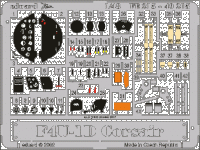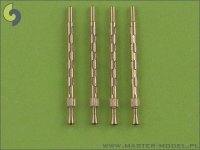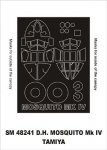Kagero 3056 Vought F4U Corsair vol. II EN
Monographs No. 56 Vought F4U Corsair vol. II Leszek A. Wieliczko, Tomasz Szlagor
Drugi tom niniejszej monografii kontynuuje historię zastosowania bojowego i rozwoju konstrukcji Corsaira.
W 1944 roku Corsair był już sprawdzonym w walce samolotem. Dopuszczony do służby na lotniskowcach, wkrótce stał się poważnym konkurentem Hellcata do roli podstawowego myśliwca US Navy. Do produkcji weszła wersja F4U-1D, mogąca przenosić prawie tonę bomb i osiem pocisków rakietowych, znakomicie spisująca się zarówno w walkach powietrznych, jak i w atakach na cele naziemne. Mimo to konstruktorzy wytwórni Vought i Goodyear nie ustawali w wysiłkach ciągłego ulepszania samolotu. Dzięki nowym, mocniejszym silnikom, przed zakończeniem II wojny światowej powstały jeszcze dwie nowe wersje Corsaira – F4U-4 i F2G-1/2. Historię ich powstania opisano w pierwszym rozdziale.
W kolejnych dwóch rozdziałach przedstawiono krótko służbę oraz malowanie i oznakowanie Corsairów w lotnictwie brytyjskim i nowozelandzkim. Ostatni rozdział poświęcony został działaniom jednostek Corsairów US Marine Corps i US Navy od lutego 1944 do marca 1945 roku. Bazując na raportach i dziennikach bojowych jednostek, obszernie opisano działania na Wyspach Marshalla, Marianach, wyspach Palau, Filipinach oraz pierwsze operacje Corsairów przeprowadzone z pokładów lotniskowców.
Książkę uzupełniają liczne tabele i zestawienia, plansze barwne z sylwetkami pięciu wybranych samolotów oraz plany (rysunki techniczne) różnych wersji w skali 1/48:
112 stron
112 archiwalnych zdjęć
18 stron planów modelarskich A4
5 wzorów malowań
książka w języku angielskim
Monographs No. 56 Vought F4U Corsair vol. II Leszek A. Wieliczko, Tomasz Szlagor
The second volume carries on the story of the F4U Corsair by examining its development and operational service in later stages of the World War Two.
By early 1944 the Corsair well proved its worth in combat. Finally qualified for carrier operations, it began to challenge the Hellcat’s status of the US Navy’s primary fighter aircraft. The F4U-1D, capable of carrying nearly a ton of bombs and eight rocket missiles, excelled both in aerial combat and ground attacks. It’s fighter-bomber capabilities were put to good use during the little-known campaigns in the Marshalls, Marianas and Palau Islands, as well as in the Philippines, which are related here in unparalleled detail. Much attention is dedicated to the initial deployment of the Corsair (both night and day fighters) aboard US Navy carriers, spanning the period between February 1944 and March 1945, which culminated in the first raids against Japan.
Meanwhile, Vought and Goodyear engineers continued to improve and refine the Corsair. New, more powerful engines enabled them to develop two more versions before the war’s end – the ultimate Corsair (Vought F4U-4) and the Super Corsair (Goodyear F2G-1/2). Their story is related in the opening chapter. A separate chapter is devoted to camouflage and markings of British and New Zealand’s Corsairs, with a brief resume of the aircraft’s service in the two air forces. The book is further supplemented by numerous data in tabular form, color profiles of five representative aircraft and 1/48 scale drawings of various versions:
112 pages,
5 painting schemes,
112 archive photos,
18 pages A4 sheet of scale drawings









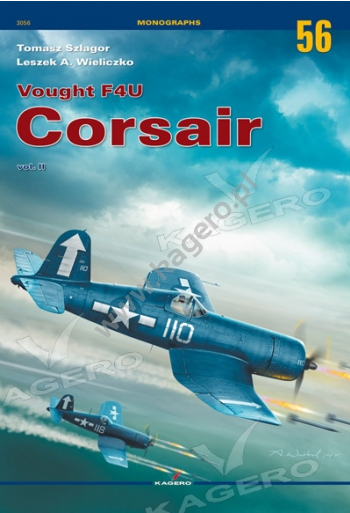
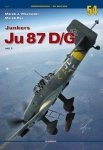
 1 szt.
1 szt.
 2 szt.
2 szt.

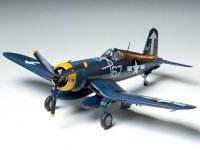
 39 szt.
39 szt.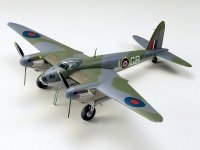
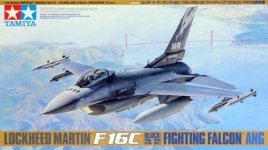

 3 szt.
3 szt.